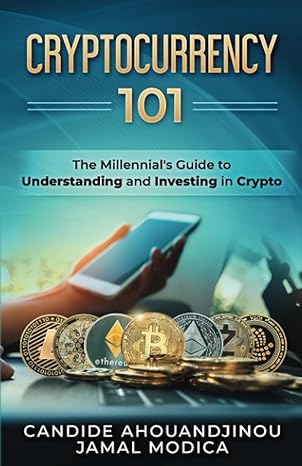Question
Details 1. Your report will have no extended textual part; i.e., no long paragraphs. 2. Your report should include supporting data, such as snipped pictures
Details
1. Your report will have no extended textual part; i.e., no long paragraphs.
2. Your report should include supporting data, such as snipped pictures from the internet.
3. An important feature of your submission is defending your assumptions. For example, if you use a risk premium of 7% when calculating the marginal cost of equity using the risk premium method(i.e., Ke = Kd + risk premium method), explain your reasoning in a few sentences.
Picking Your Corporation
1. Each person should pick a different corporation. This is not a group project.
2. The corporation must be a publicly traded company. Many well-known companies are notpublicly traded. For example, Publix, Albertsons, Deloitte are private companies and cannot be used for this project.
3. Avoid public utilities (FPL, telephone companies, etc.) Because of regulation, their WACCs have a different meaning.
4. Avoid financial companies (banks, insurance companies, brokers, etc.). Because of regulation, their capital structures are difficult to discern.
5. Your corporation must have common equity and long-term debt (debt with maturity dates of more than 1 year).
The Primary Equations
The theory of why managers should use the WACC in net present value analysis comes later in the course. For now, start with the equations for WACC, per se:
ka = (E/V)*ke + (B/V)*kd*(1 t)[1]
V = E + B
ka is the required rate of return on the firms assets, which is thesame as WACC.
ke is the firms marginal cost of common equity.
kd is the firms marginal cost of debt.
V is the total market value of the corporation. (not explicitly in the textbook)
E is the market value of outstanding common equity.
B is the market value of outstanding notes, debt, bonds, debentures, mortgages, and other interest-bearing securities.
For this project, estimate B by using the (total debt current liabilities) from the most recent balance sheet.Even though this is not a market value, in practice the book value of debt is generally much closer to the market value of debt, especially when compared to book value of equity vs. market value of equity.
t is the marginal tax rate the firm faces.
1. Estimate the Marginal Cost of Debt
Marginal Cost of Debt: This is an estimate of the interest rate the corporation would have to pay on new borrowing.
Method 1: Try to find the yield to maturity on your firms long-term debt. Try google and see what you find.
Method 2: Try to find your corporations Standard and Poors issuer debt rating. Again, try google. Then look on page 205 in your textbook at the table and estimate an appropriate rate. For example, if you find the rating is AA-, which would fall between AA and A, you may decide to choose 4.5% (which is between the 4.40 %and 4.62% in the 25-year section)
Method 3 (optional): If method 1 and 2 provide nothing, first double check to make sure your firm has long-term debt, and then follow steps 1 and 2 for a close competitor of your firm, and then make a judgment call on a estimate of Kd for your firm.
If the rating is junk [BB, B, and CCC], you have to creatively add a premium to the BBB interest rate.
Method 4: kd = rf + premium
In this method, add a premium to the risk-free rate (Rf). (See below for how to obtain Rf). You can use information from page 205 to guide you. For example, lets say you did not find your firms issuer credit rating, you can make an educated guess of what it would be, and then add an appropriate premium to Rf. For example, if you guess the credit rating should be an A, the difference in the 25-year row of page 205 is 1.81 percentage points (4.62% - 2.81% for the Treasury). Take the Rf rate and add 1.81% to it for your estimate of Kd.
Step by Step Solution
There are 3 Steps involved in it
Step: 1

Get Instant Access to Expert-Tailored Solutions
See step-by-step solutions with expert insights and AI powered tools for academic success
Step: 2

Step: 3

Ace Your Homework with AI
Get the answers you need in no time with our AI-driven, step-by-step assistance
Get Started


